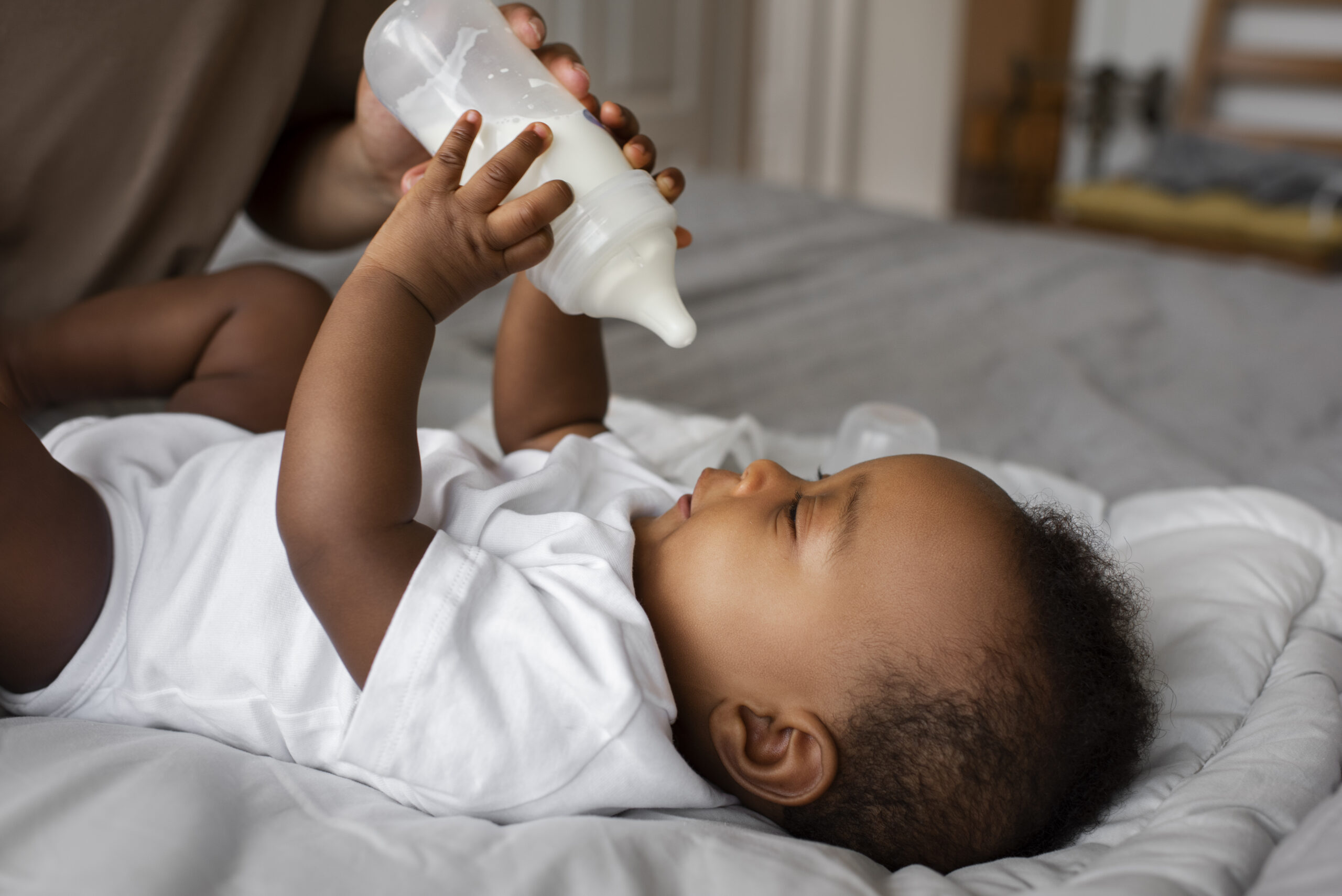OSTEOPOROSIS: The brittle bone disease
The word osteoporosis is a mouthful. Simply put, a diagnosis of osteoporosis means that your bones are getting porous because you have lost some bone mass. We tell you about

The word osteoporosis is a mouthful. Simply put, a diagnosis of osteoporosis means that your bones are getting porous because you have lost some bone mass. We tell you about this condition and how you can avoid it.
Bones are made of collagen fibres and minerals that make them tough. They also contain cells that are continually renewed to make, mould and restore the bones. In your 20s, bone formation exceeds bone restoration and you reach the peak of bone density at this age. But as you get older this reverses. After age 35 you start to lose a certain amount of bone material faster than it can be replaced. This may weaken the bones to the extent that fractures easily occur at exertion of even minor pressure such as when bending over.
Osteoporosis is classified into two types: Primary type 1or postmenopausal osteoporosis that affects women, and primary type 2 or senile osteoporosis that affects both men and women over 75 years. Medical statistics show that women are more prone to osteoporosis than men. The reason for this is that women lose bone material more rapidly after menopause because of the rapid fall of oestrogen levels. Oestrogen hormone is known for many functions in the body including protecting against bone loss.
Symptoms…
Osteoporosis is a silent disease that develops slowly over several years without any visible symptoms. However, after a certain amount of bone loss has occurred the symptoms begin to show and they include:
Back pain, which may be caused by a fractured or collapsed vertebra.
Gradual loss of height over time.
A stooped posture when the vertebra gets squashed by the weight of your body making it shrink.
Most osteoporosis fractures involve the bones that make up the spine such as the hip and vertebra. Wrist and ankle fractures are also common. These fractures are referred to as fragility fractures.
Treatment…
Diagnosis for osteoporosis involves checking the bone density. This is measured by a dual-energy X-ray absorptiometry machine that uses low levels of X-rays. The doctor uses the machine to scan the hip, vertebrae, spine and wrist, as these are the bones that are most likely to be affected. A positive diagnosis leads to prescription of drugs known as bisphosphonates to help improve bone density.
These drugs work on the cells involved in bone formation and work to activate the cell renewal rate to help restore lost bone. Besides preventing further bone loss, they may also help to reduce chances of more fractures if you have already experienced a fragility fracture.
Averting osteoporosis…
As the saying goes, prevention is better than cure. It is better to prevent osteoporosis than to heal fractured bones. This advice is for everyone – male or female, young or old. Avoid smoking as this habit increases bone loss by reducing the absorption of calcium in your intestines. Do not consume more than one alcoholic drink a day because alcohol decreases bone formation and also reduces your body’s ability to absorb calcium.
Prevent falls especially if you are over 35. Simple measures like wearing low-heeled shoes, installing grab bars in your house and removing obstruction in corridors or pathways can reduce the rate of falling accidents within your surroundings.
Exercise too can help to prevent osteoporosis. The pulling and tugging on the bones by your muscles helps to stimulate bone-making cells and strengthens your bones. Create a daily routine for exercises such as brisk walking, aerobics, weight lifting, dancing and running.
Published in December 2014




